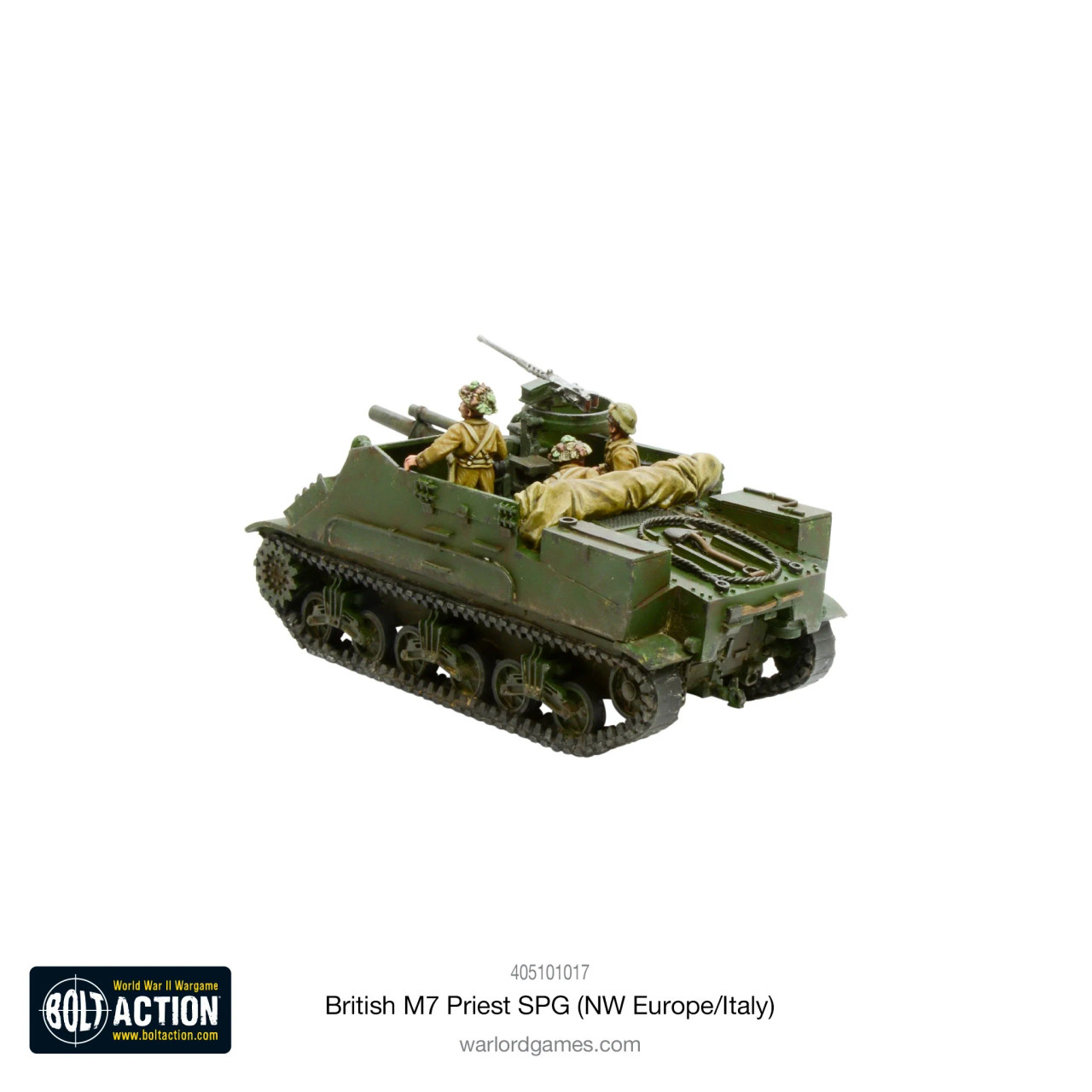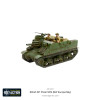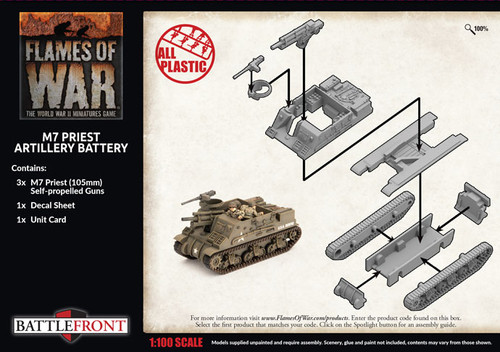Product Description
In 1941 a converted prototype, the T32, based on the early M3 Lee chassis, was chosen to test mount the US Army’s new M2 105mm Howitzer. The T32 was modified with an open-topped superstructure, mounting a 105mm howitzer and an M2 Browning machine gun fixed into a front-left tower. This gave an excellent arc of fire, while the howitzer was placed offset to the right. This characteristic was noted by the British and duly dubbed “Priest”, because of the pulpit-like MG emplacement.
Once accepted for service in February 1942 as the M7 105mm Self Propelled Gun, production started immediately. During production, the chassis was shifted from the M3 to the M4 for standardisation. In British service, some M7s carried a radio set, which took the place of 24 rounds of ammunition.
While the first M7s were produced for the U.S. Army, some were diverted to support the British in North Africa. Ninety M7s were sent to the British Eighth Army in North Africa, who were also the first to use it in battle during the Second Battle of El Alamein alongside the Bishop, a near obsolete self-propelled gun based on the Ordnance QF 25-pounder.
The British continued to use the M7 throughout the North African and Italian campaigns. Later, the three assault infantry divisions (3rd and 50th British, 3rd Canadian) that landed on Sword, Juno and Gold beaches on D-Day had their artillery regiments equipped with the M7.
Models supplied unassembled and unpainted













